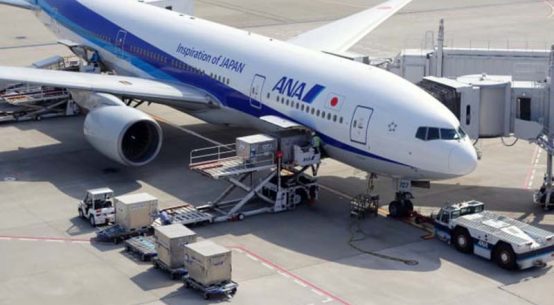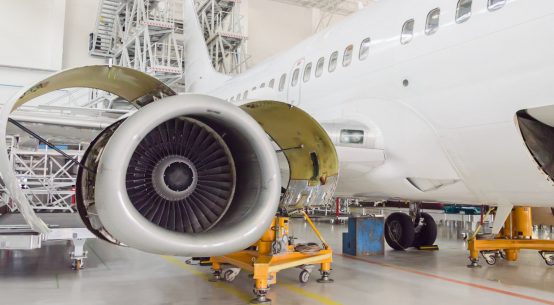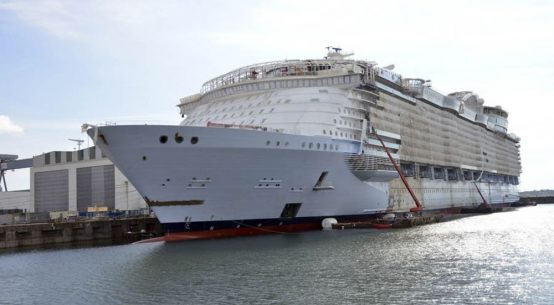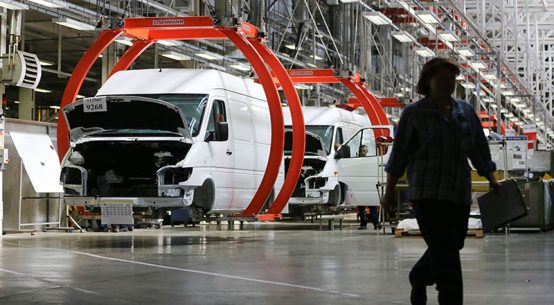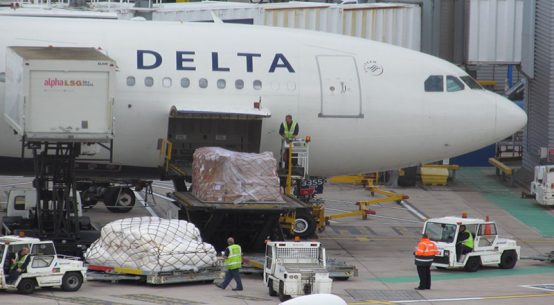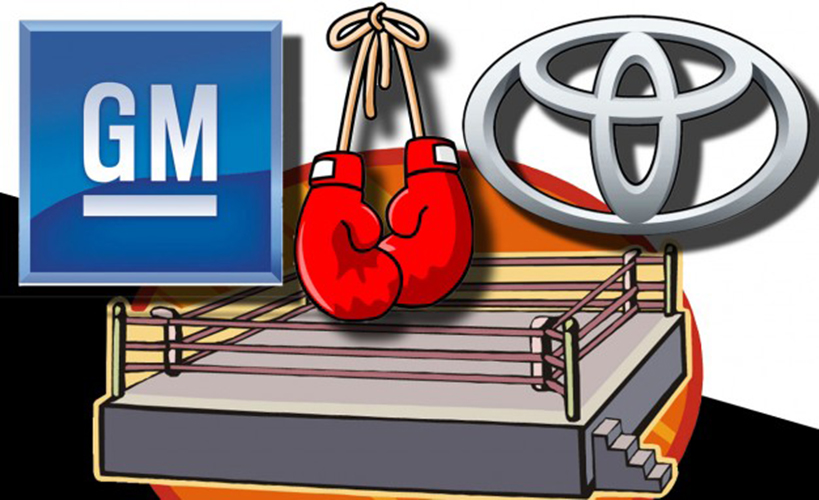
Buyers’ shift to pricier pickup trucks and SUVs boosts U.S. auto maker; Toyota has much riding on the success of models such as all-new Camry
General Motors and Toyota are on divergent paths in North America, where GM is posting lofty profit margins while Toyota’s bottom line has been battered.
GM on Tuesday posted fourth-quarter operating profit of $2.9 billion in North America—a record for the period—while the region’s pretax profit margin for the full year hit 10.7%, the highest since the company’s bankruptcy nearly a decade ago.
Toyota, meanwhile, said its North American operating profit for the most recent quarter sank 73% from a year earlier to ¥27 billion ($247 million), because of a short-term factory shutdown but also heavy discounting to boost sluggish sales. Its operating-profit margins in North America, excluding gains from interest-rate swaps, dropped to just 1% compared with its overall global margin of 8.9%.
To be sure, earnings at Toyota bested GM globally in the latest quarter, with Toyota reporting a 54% rise in operating profit to ¥673.6 billion, its best performance in two years, as GM’s rose 19% to $3.1 billion.
But Toyota said most of that increase came from foreign-exchange-related gains and that without such a boost its operating profit in its fiscal year through March would likely decline instead of rising 10% as forecast.
Toyota Chief Financial Officer Koji Kobayashi called that unacceptable. “I give us an F” on that measure, he said at a news conference in Tokyo.

The diverging results for the two auto giants in North America is partly explained by the changing shopping patterns of American car buyers. GM’s strength lies in pickup trucks and sport-utility vehicles, categories that are booming amid lower gas prices and an emerging preference for more-versatile rides. More than three-quarters of GM’s U.S. sales last year were trucks and SUVs, vs. 63% for the broader industry.
Meanwhile, Toyota has also experienced an uptick in sales of crossovers, SUVs and pickups, but it has been loath to shift production away from mainstay passenger cars, which accounted for just 42% of U.S. sales in 2017. It has much riding on the success of models such as an all-new Camry to halt a steep rise in incentives needed to clear out inventory from its showrooms.
Toyota officials have said they plan to remain competitive in the shrinking U.S. sedan market, while also increasing output of vehicles such as its popular RAV4 crossover, Highlander SUV and midsize Tacoma pickup. The company’s spending on incentives, while low by industry standards, will likely continue to rise and eat into profit margins.
The Japanese auto maker expects incentives to increase by an average of $600 per vehicle, with total spending on discounts costing Toyota about $1.28 billion this year, Masayoshi Shirayanagi, a senior managing officer in charge of accounting, told financial analysts on a conference call.
GM’s incentives in the U.S. also trended higher last year. But, with fully loaded SUVs routinely leaving dealer lots at prices of $70,000, GM has a significant price edge over Toyota even when discounts are factored in. GM’s average transaction price last year was about $36,600, compared with Toyota’s $29,800, according to data from research firm J.D. Power.
The recent fortunes of the two auto makers in North America stand in contrast to a decade ago. In 2008, Toyota reported record profit and revenue while GM was stumbling toward bankruptcy.
GM faced criticism for making too many vehicles that sold with steep discounts or were dumped at a loss into rental lots. Today, it is Toyota that is seeing incentives spike and increasing sales to fleet customers such as rental-car companies—which accounted for 14% of its North American sales in January. Rental-fleet business tends to be less profitable than retail showroom sales, and can weigh on prices when vehicles are resold as used cars just a few months after purchase.
Beyond strength in trucks, GM has made other moves in four years under Chief Executive Mary Barra to lift profitability, often at the expense of market share.
The most striking example was GM’s August sale of its unprofitable Opel business, which left GM the only major car company with virtually no presence in Europe and took it out of the running in the race to be the world’s largest auto maker by sales. GM also has given up on India, Russia and other emerging markets, while doubling down on areas of strength such as the U.S. and China.
GM also has squeezed about $6.5 billion in costs over the past four years, a move finance chief Chuck Stevens said will help GM sustain a strong bottom line even as sales in the crucial U.S. market edge down after a seven-year growth spurt.
“Certainly pricing has been a benefit,” he said. “But I would say what has really driven the strong and resilient business results in North America has been our focus on cost.”
GM has slashed passenger-car output in the past year, laying off thousands of workers at U.S. factories as the drop in sedan sales deepened.
Toyota has taken steps in recent months to adjust to a more competitive environment. Chief Executive Akio Toyoda issued a mandate last year to improve operations after the company reported that net profit fell by one-fifth for the year ended March 2017. He ordered management to figure out how to trim costs and increase profit this year without the aid of the yen.
The overhaul included a new CFO, Mr. Kobayashi, who came from Toyota supplier Denso Corp. and succeeded a CFO who resigned after only eight months. Mr. Toyoda also installed right-hand man Shigeki Tomoyama as head of a new organization to trim costs in areas including new-car development and sales.
For more Logistics News, Follow us on TWITTER Follow us on FACEBOOK
The auto maker also has adjusted its production footprint in North America to meet demand for more light trucks.
Last year, Toyota said it would retool a plant in Indiana to boost output of its Highlander SUV by an additional 40,000 vehicles annually. It also is expanding production of its Tacoma model at a factory in Mexico and plans to further increase output of the pickup at a new Mexican plant.



